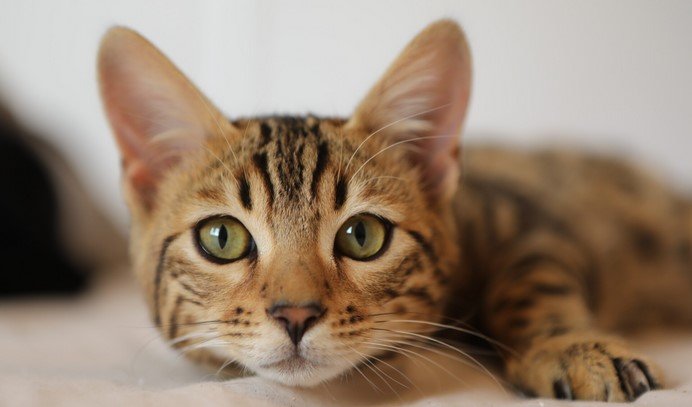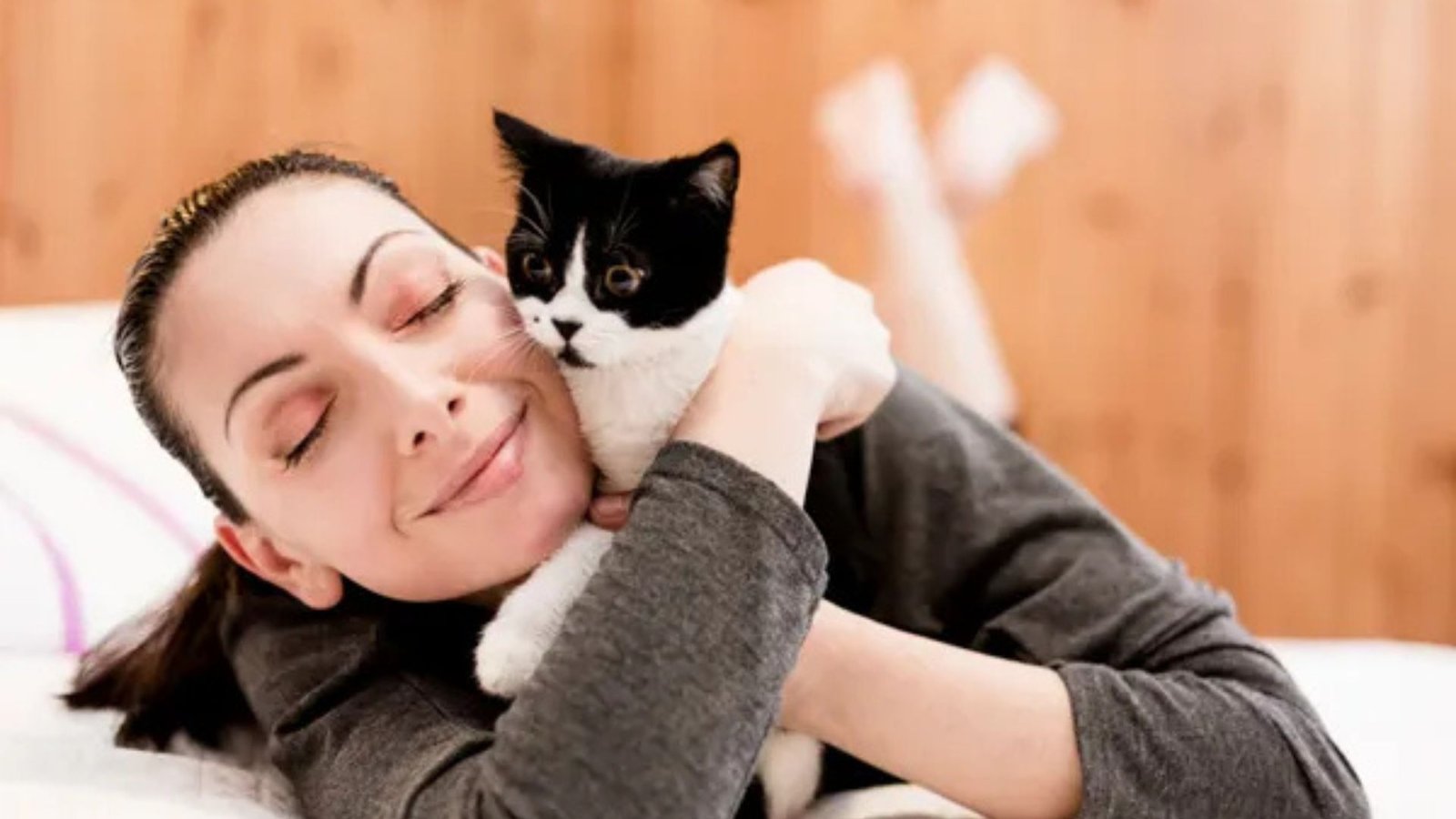Cats are fascinating creatures, each with unique personalities and behaviors. As pet owners, it’s important to understand the common behaviors of cats to better care for them and strengthen your bond. From purring to scratching, each action has a purpose, whether it’s communication, comfort, or play. In this post, we’ll explore some of the most common cat behaviors and what they mean.

1. Purring and What It Means
One of the most recognizable cat behaviors is purring. While it’s often associated with contentment, cats may purr for various reasons. They may purr when they’re happy, relaxed, or being petted, indicating that they feel comfortable and safe in their environment. However, cats can also purr when they’re in pain, anxious, or frightened. This behavior may serve as a self-soothing mechanism or a way to communicate distress.
As a cat owner, it’s important to observe the context in which the purring occurs. If your cat is purring while cuddling or enjoying a meal, it’s likely a sign of happiness. If the purring happens during or after an upsetting event, it might indicate discomfort or stress.
2. Scratching and Marking Territory
Scratching is another common cat behavior that serves several purposes. First, cats scratch to mark their territory. They have scent glands in their paws, and scratching leaves behind both visual and scent marks that signal ownership of a particular area. Scratching also helps cats sharpen their claws and stretch their muscles.
While it may be frustrating for owners when cats scratch furniture or other household items, it’s a natural behavior. To manage it, provide your cat with scratching posts or pads to satisfy their need to scratch. This will protect your furniture while giving your cat a suitable outlet for this behavior.
3. Kneading and Its Significance
Kneading is a behavior where cats press their paws alternately against a soft surface, often accompanied by purring. This behavior is thought to originate from kittenhood, as kittens knead their mother’s belly to stimulate milk flow. Adult cats may continue to knead as a comforting behavior, especially when they’re feeling relaxed or content.
When your cat kneads you, it’s a sign that they feel safe and comfortable. It’s a behavior often seen when a cat is being petted or resting on your lap. Although it can be a bit uncomfortable if your cat’s claws are involved, kneading is generally a positive sign of affection.
4. Hunting and Play Behavior
Cats are natural hunters, and their play behavior often mimics the actions they would take in the wild. Whether it’s chasing a toy, pouncing, or stalking, these behaviors are rooted in their hunting instincts. Even indoor cats will often engage in these behaviors to burn off energy and stay mentally stimulated.
To keep your cat entertained and physically active, provide toys that mimic prey, such as feather wands, laser pointers, or small balls. Engaging in interactive play also helps strengthen the bond between you and your cat, providing both physical exercise and mental stimulation.
5. Catnip and Its Effects
Many cats react strongly to catnip, a herb that contains a compound called nepetalactone. When cats inhale or ingest catnip, it can cause temporary euphoria, leading to behaviors like rolling, rubbing, and excessive play. Not all cats are affected by catnip, as sensitivity to it is inherited, but for those that are, it can be an entertaining and enriching experience.
Catnip is safe for most cats, and it can be used as a treat or a way to encourage play. However, not every cat will show a reaction, and the effects usually last only for about 10 to 15 minutes before they wear off.
Understanding your cat’s quirky behaviors can be puzzling, but it’s key to strengthening your bond. While cats have their unique ways of communicating, sometimes we all need a break to relax and unwind. For those moments, consider exploring https://jokaviproom.nokyc-casino.io for entertainment options. Meanwhile, keep observing your feline friend’s habits to decode their mysterious language.
Visit Koontyme for more insights into common cat behaviors and tips on creating a happy home for your pet.
Conclusion
Understanding common cat behaviors helps you connect better with your feline companion and provide a comfortable, enriched environment for them. Whether it’s the soothing purr, the need to scratch, or playful antics, each behavior serves an important function. By recognizing what these behaviors mean, you can cater to your cat’s needs and create a loving home where they feel safe and happy.




